We may earn money or products from the companies mentioned in this post. This means if you click on the link and purchase the item, I will receive a small commission at no extra cost to you ... you're just helping re-supply our family's travel fund.
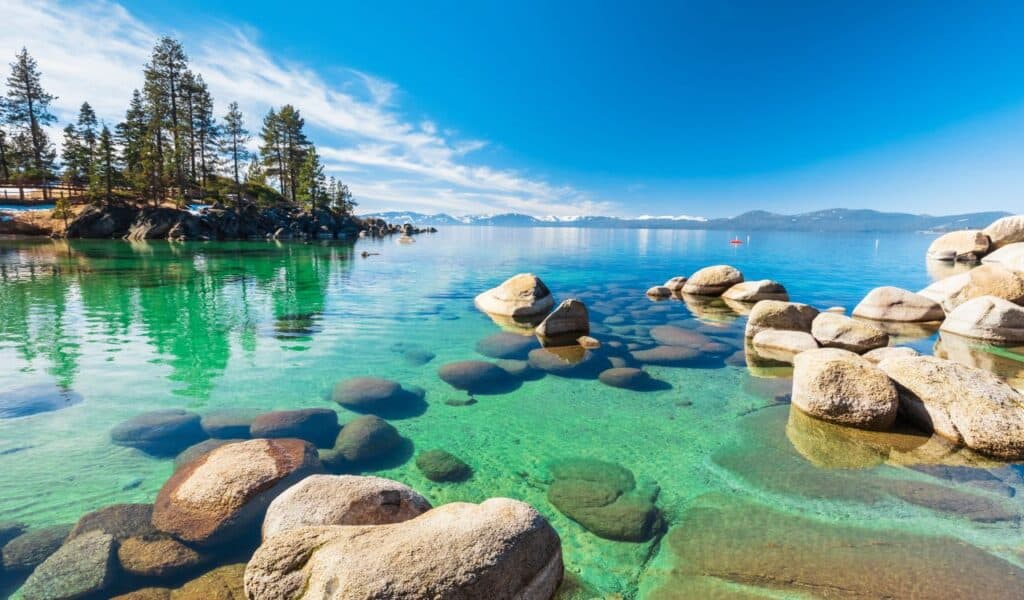
California’s beauty doesn’t play favorites; it leaps from wave-battered cliffs to sky-scraping forests, crosses moonlike deserts, and glides over alpine lakes as clear as glass. This list leans into those contrasts, moving from the Sierra’s iconic heart to cinematic coastlines, then outward to islands, deserts, and geothermal frontiers. Expect towering granite, giant trees, surreal tufa towers, and quiet moments where wind, fog, and light do the storytelling.
Yosemite National Park
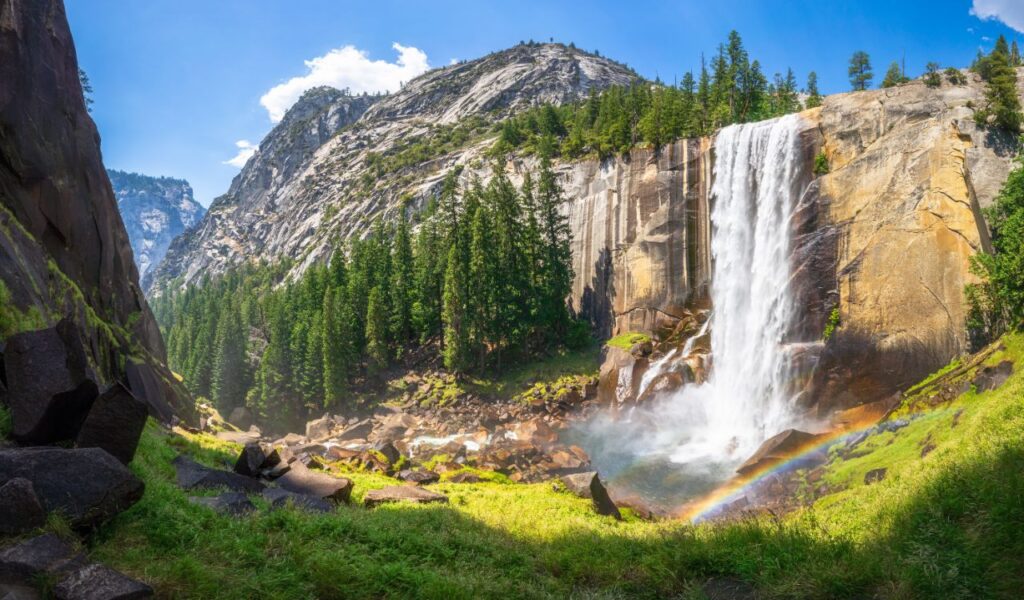
Granite giants and golden-hour drama define Yosemite’s glacier-carved valley, where Half Dome, El Capitan, and Yosemite Falls shape an alpine amphitheater best savored at Glacier Point near sunset. Spring snowmelt roars; autumn light gilds meadows; winter hushes the cliffs. Note Glacier Point Road usually closes in winter, limiting access. Protected since the 1864 Yosemite Grant, it still feels like the Sierra’s beating heart.
Sequoia & Kings Canyon National Parks
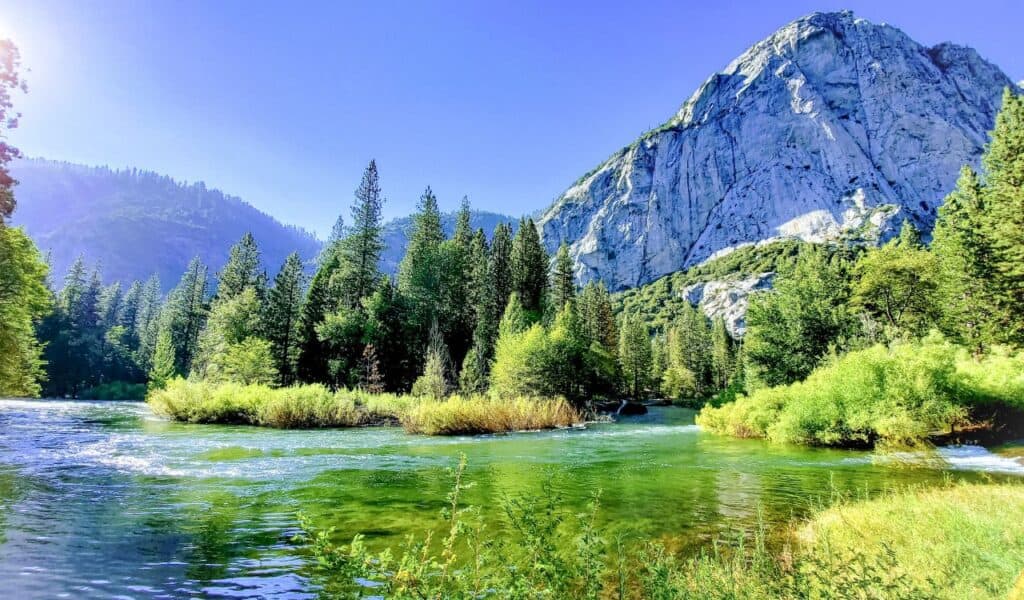
Cathedrals of time stand here; General Sherman and General Grant are living trunks grown for millennia above marble caves and the granite-walled depths of Kings Canyon. Trails thread sequoia aisles that soften sound and light, while high passes flash with bare Sierra stone. Summer reveals shaded giants; shoulder seasons thin crowds. Crystal Cave tours are seasonal and may close; it is vertical awe from cavern floor to crest.
Lake Tahoe and Emerald Bay
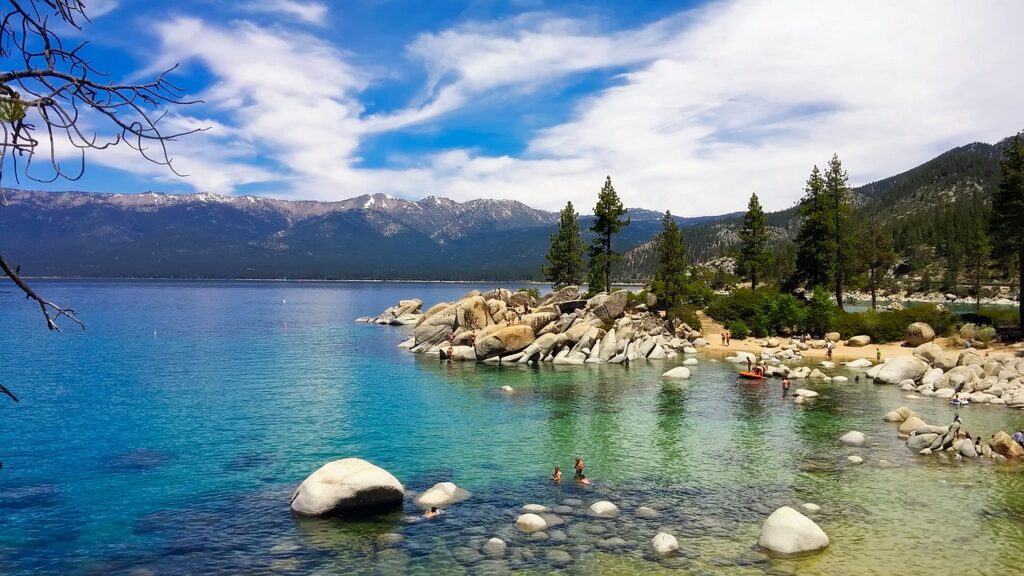
A high-Sierra jewel, Tahoe’s clarity reaches remarkable depths, ringed by peaks that blush at sunrise. Emerald Bay’s storybook Fannette Island pins a view that glitters in summer and turns crystalline in winter. Kayaks skim glassy mornings and skiers carve above a cobalt basin. For maximum drama, pair the overlook with dawn or blue hour when the lake sharpens to ink-blue and silver in the still air.
Redwood National & State Parks
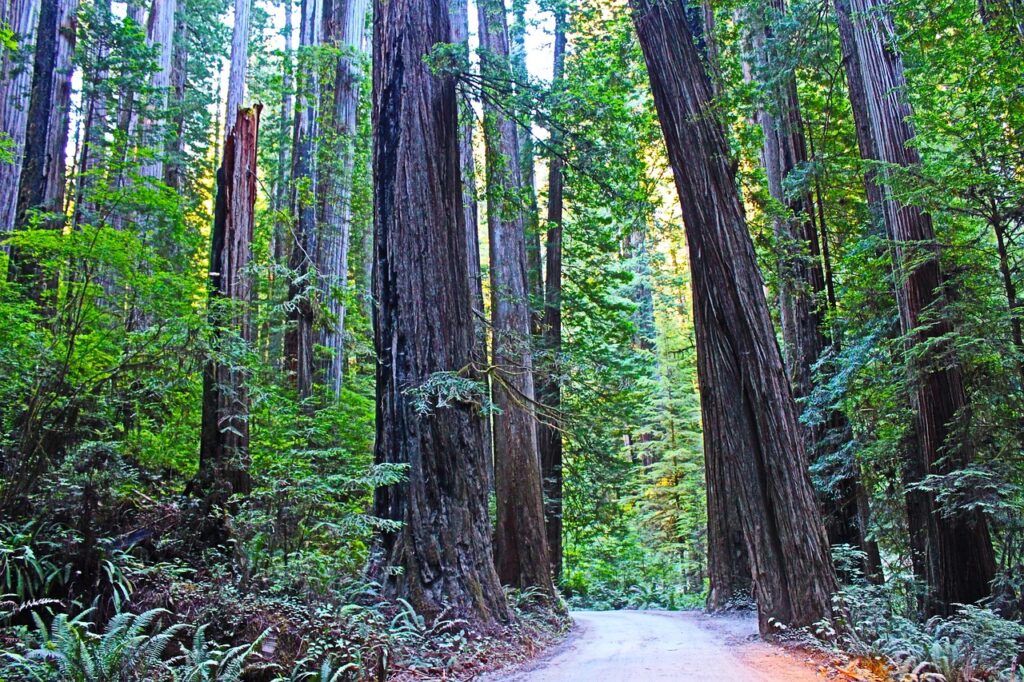
Coastal redwoods soar like natural skyscrapers, their crowns stitching a dim cathedral that hushes footsteps. Fern Canyon’s dripping, mossy walls feel prehistoric, chilled by steady marine air. Summer fog softens light; winter rain saturates every green. Walk slowly through groves that stretch scale and time, then step into a clearing where angled sunbeams turn suspended mist to gold, revealing the forest’s quiet pulse.
Big Sur and Highway 1
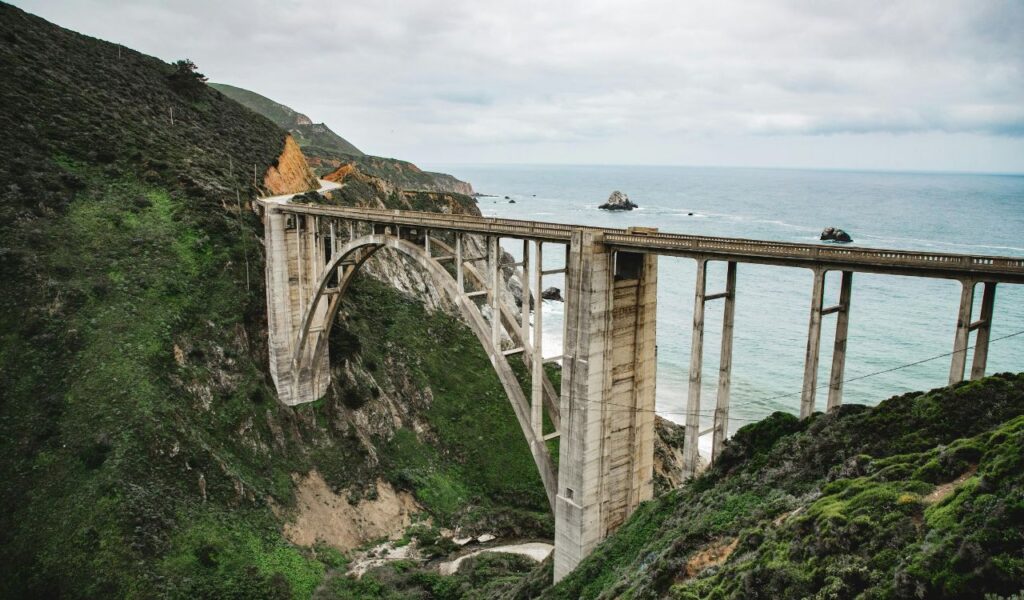
Where mountains fall to sea, Highway 1 threads cliff edges past Bixby Creek Bridge and McWay Falls pouring into a turquoise inlet. Morning fog often lifts by midday to reveal headlands, tidepools, and coves like Pfeiffer’s purple sands. Shoulder seasons bring calmer roads and pearly light. Every turnout reframes the coast; part engineering marvel, part sea-sculpted wilderness along California’s dramatic edge.
Point Lobos State Natural Reserve
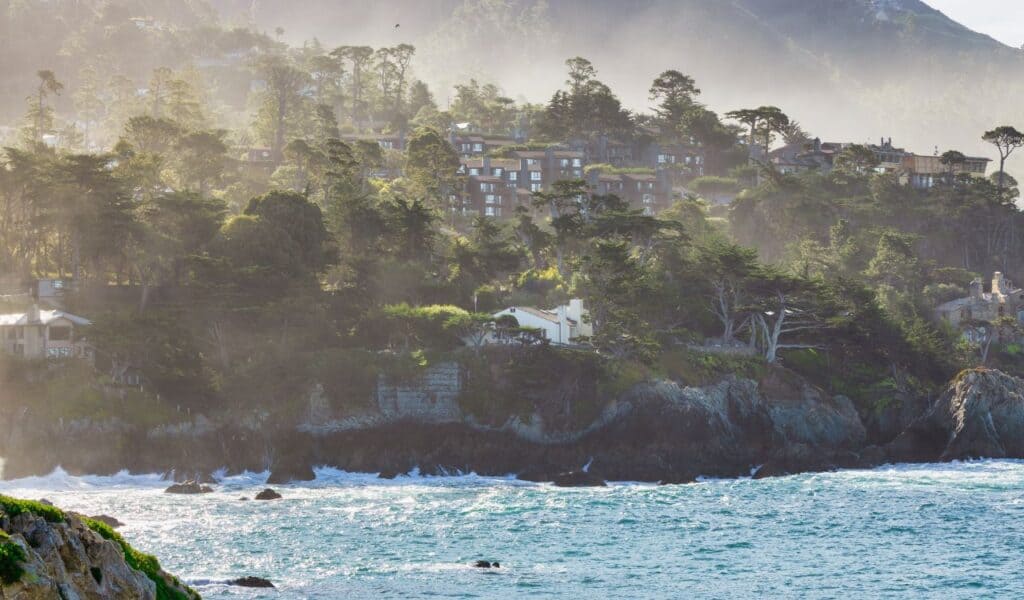
A crown jewel near Carmel, Point Lobos compresses sapphire coves, kelp forests, and sea lion haul-outs into painterly headlands. Cypress silhouettes meet quartz-streaked rock where waves comb inlets. Trails stay short yet cinematic; winter swells and clear spring days heighten color. Pause at China Cove and the Cypress Grove Trail, where the water glows and sea air carries a clean, briny lift.
Channel Islands National Park (Anacapa)
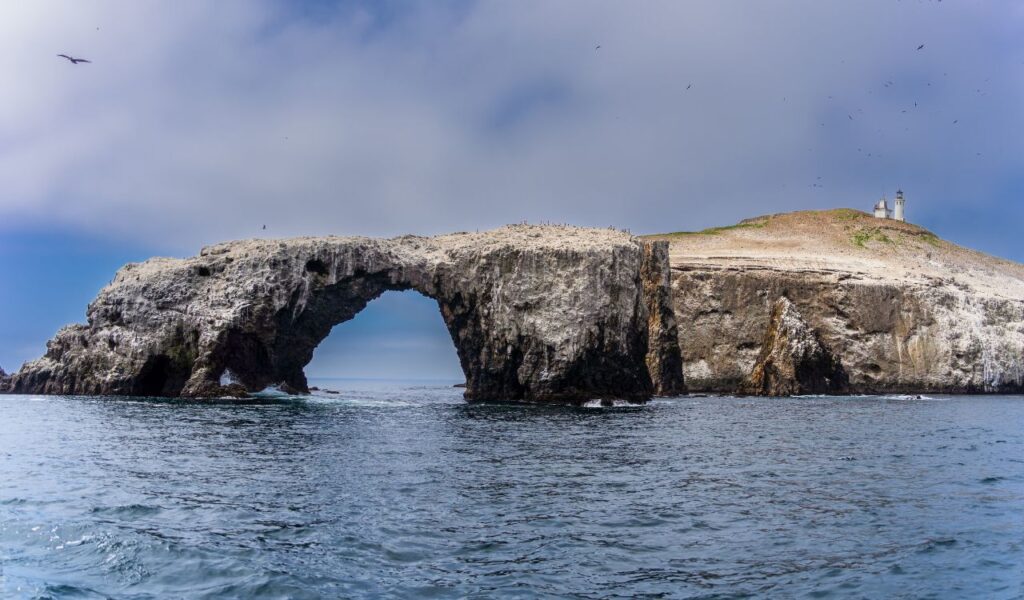
Just offshore, Anacapa’s clifftop path rolls to Inspiration Point, a sweeping vantage of island arcs, sea caves, and kelp-dark water. Seabirds wheel above wave-battered ledges; kayaks slip under sculpted arches. Late summer and early fall often bring calmer crossings, but sea conditions vary, so check operators. The thrill is contrast; marine wilderness close enough for a day, with the mainland a thin blue line.
Mono Lake
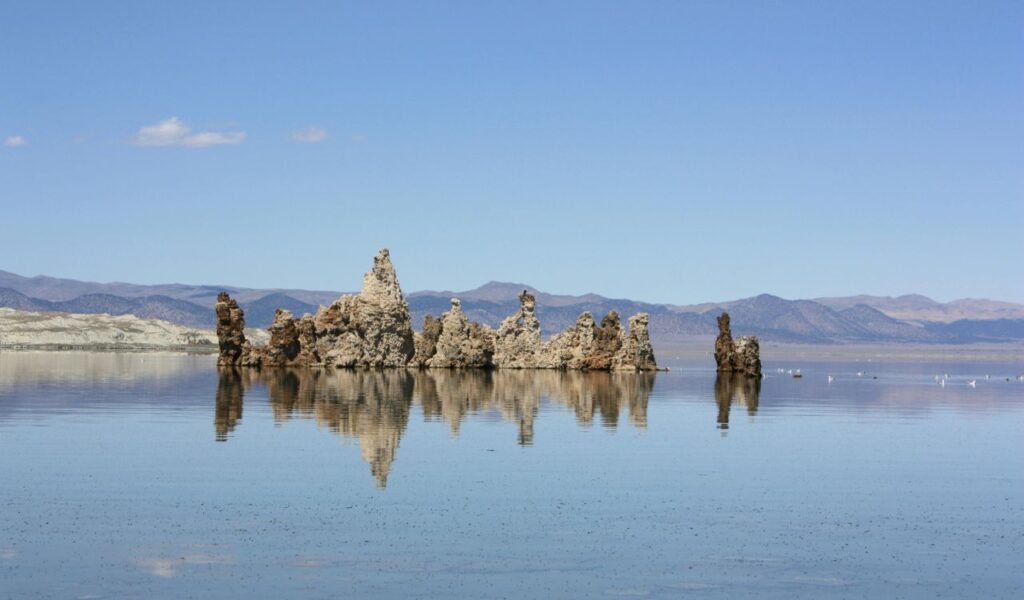
Ancient and alkaline, Mono Lake feeds brine shrimp and migratory birds while tufa towers rise like limestone chimneys along the shore. Sunrise and sunset ignite the basin in rose and amber, with the Sierra crest etched behind. Late summer shimmers with heat; autumn air turns crisp and clear. Stabilized water levels protect a landscape that feels both stark and delicately balanced on the high-desert rim.
Death Valley National Park
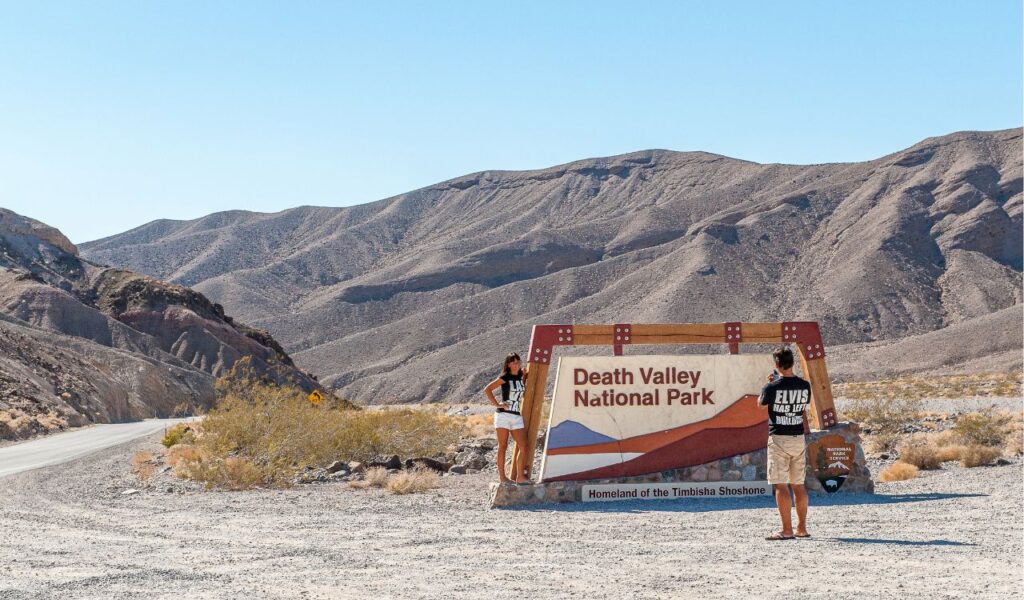
At 282 feet below sea level, Badwater’s honeycombed salt pans meet Artist’s Palette’s pastel fans and the sliding waves at Mesquite Flat Dunes. Cooler months unlock long horizons, star-heavy skies, and occasional wildflower blooms in good years. Catch Zabriskie Point at dawn for golden badlands; save sunset for the basin’s copper glow. Immense and austere, it rewards unhurried eyes and wide-angle imagination.
Lassen Volcanic National Park (Bumpass Hell)
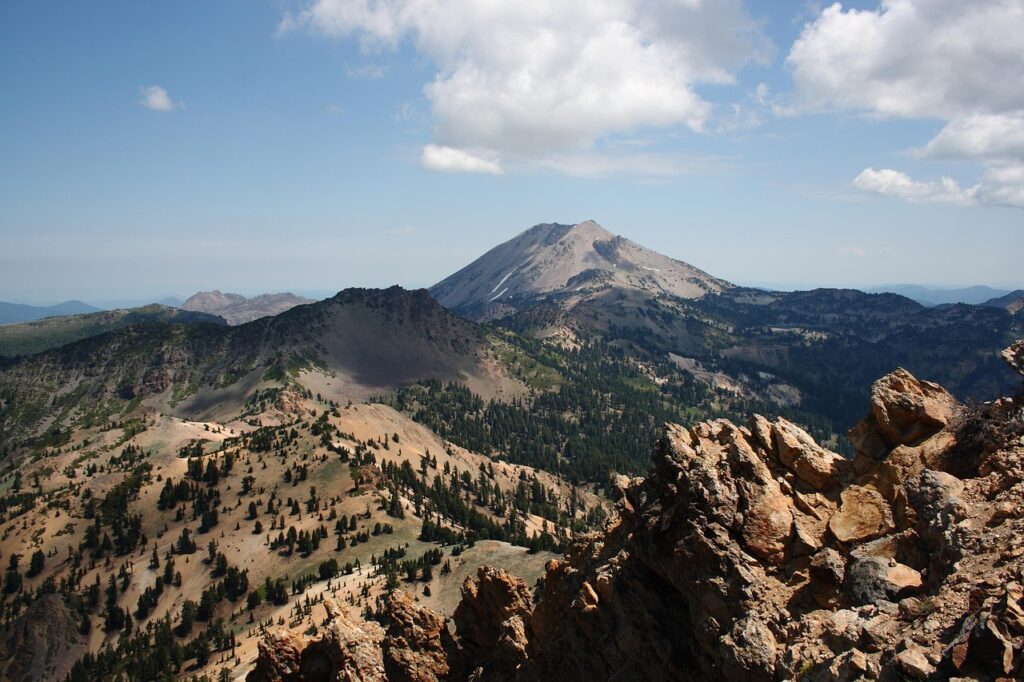
Steam and sulfur speak here at Bumpass Hell, where boardwalks cross boiling mud pots and mineral pools beneath Lassen Peak. Snow lingers into summer, meadows green up, and lakes mirror the volcano’s flanks. Late summer to early fall often means open trails and clearer air, but openings vary with snowpack; verify conditions. It is California’s compact geothermal gallery, fire still editing the landscape in color.